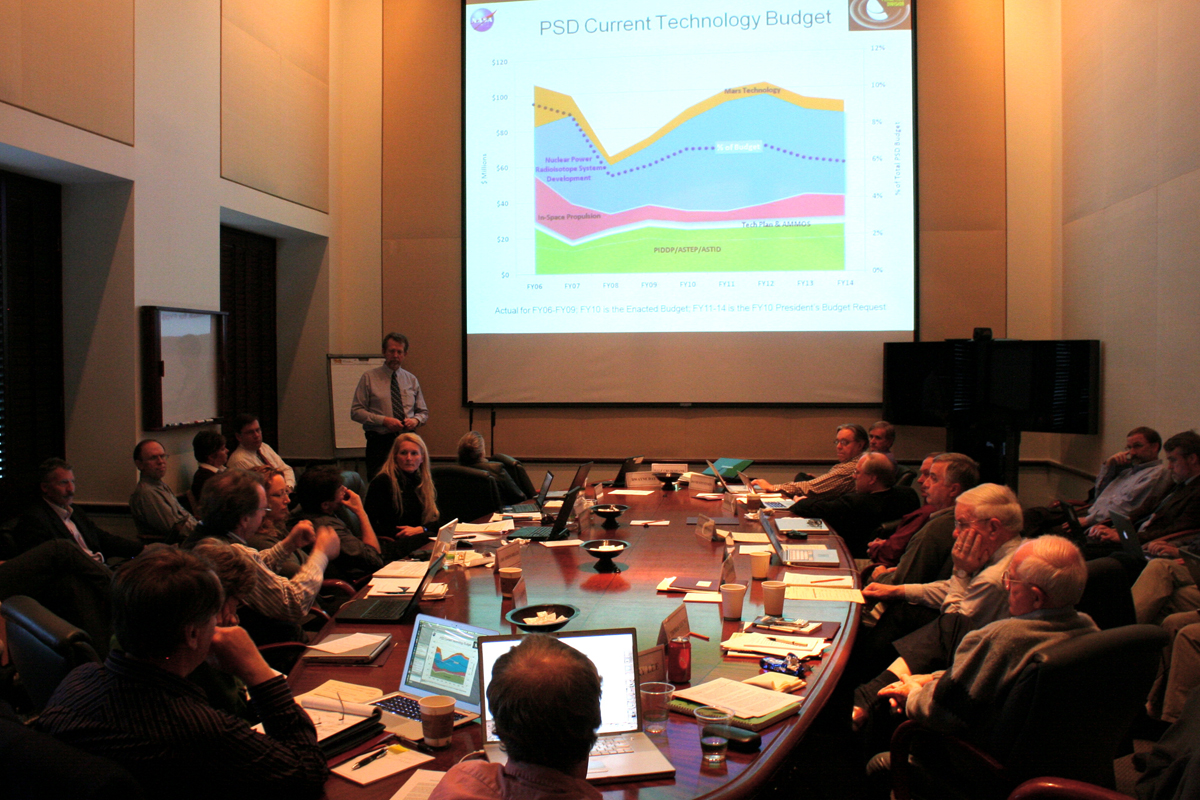NASA put out a new call urging its workforce to leave the agency this week with a new offer for employment buyouts as the U.S. space program faces huge budget cuts proposed by the Trump administration.
In memos sent to employees on Monday (June 9), NASA officials announced the rollout of a new early retirement and deferred resignation program that aims to cut positions from the space agency dramatically.
"NASA is continuing its phased approach to streamline its workforce and reduce its overall headcount," NASA spokesperson Cheryl Warner said in a statement. "This affords employees the opportunity to depart while ensuring the agency remains fully capable to pursue its mission. Eligibility for these programs will vary depending on each employee’s individual situation."
The efforts — which include a deferred resignation program, voluntary early retirement authority and voluntary separation incentive program — come on the heels of large proposed budget cuts for NASA in 2026 by the Trump administration. Those cuts aim to reduce NASA's overall budget by 24% and its workforce from its current 17,391 employees down to 11,853, a 32% reduction. The budget request is still under review by Congress and not yet implemented.
"There is no target number or percentage associated with this effort, and it is not tied to DOGE," Warner told Space.com via email in response to questions referring to the Department of Government Efficiency, an effort to cut government spending that was led until recently by SpaceX CEO Elon Musk.
The DOGE team put out similar calls for deferred resignations earlier this year. Musk left his temporary White House role on May 31, and his relationship with Trump has since soured over issues related to the president's "Big Beautiful Bill" platform.

NASA employees have until July 25 to decide whether to take part in any of the staff reduction programs. Anyone joining the Deferred Resignation Program would likely cease work shortly thereafter and be paid through Jan. 9, 2026, NASA officials said.
"Employees will be eligible to begin administrative leave within seven to 14 days of signing their separation agreement, with most participants ending their employment with the agency by Jan. 9, 2026," Warner wrote. "In a few circumstances, due to critical need, the agency may approve delaying an employee’s administrative leave start date until April 1, 2026, and end their employment with the agency no later than Sept. 30, 2026."
These new NASA efforts follow several rounds of departures from other agencies (nearly 75,000 government workers have taken deferred resignation offers overall) and staffing changes at key agency centers, such as the Jet Propulsion Laboratory (JPL) in Southern California, which just ended its remote work policy for nearly 5,500 employees, with most staff to having to return to the office work or leave. (JPL, NASA's lead center for robotic planetary exploration, is managed by the California Institute of Technology for the agency.)
DOGE efforts have also led to layoffs for thousands of probationary employees across NASA and other government agencies, according to media reports.
This week, the space agency began consolidating its social media accounts associated with many of its most visible space missions, such as the Mars rover Perseverance, International Space Station and others, as part of a restructuring measure for how it shares its discoveries with the public.
"With more than 300 agency accounts across 15 platforms, NASA is consolidating our social media footprint to be more focused, allowing us to fulfill our responsibility to share NASA’s story widely and cohesively," NASA Press Secretary Bethany Stevens said on social media.
.png)
 German (DE)
German (DE)  English (US)
English (US)  Spanish (ES)
Spanish (ES)  French (FR)
French (FR)  Hindi (IN)
Hindi (IN)  Italian (IT)
Italian (IT)  Russian (RU)
Russian (RU) 








Comments